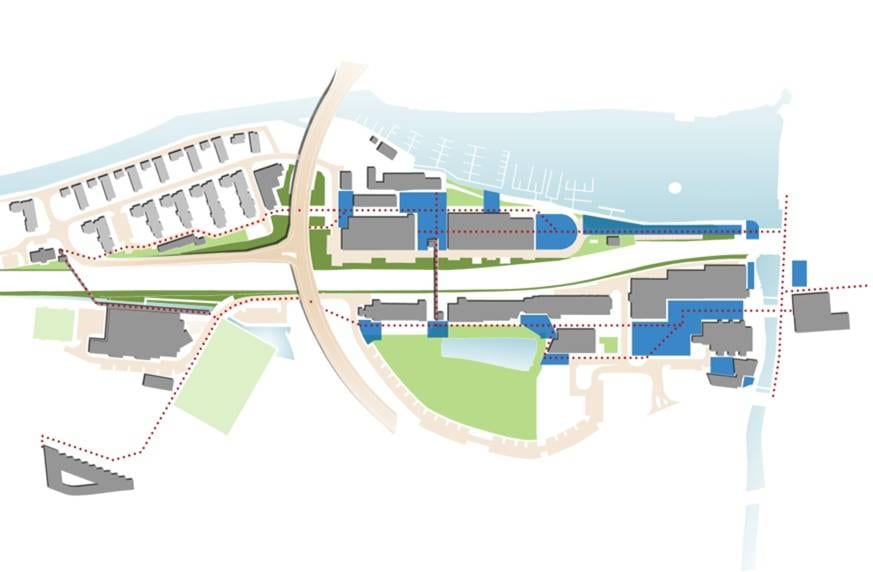Learning Landscapes are designed to create rich and memorable user experiences as we navigate physical places and virtual environments. Magnets, landmarks, and icons as well as strong connections and clear organization help bring people and activities together in a meaningful way. Within this collage of spaces and programs, uses and communities mix – each part of a system of layered ownership as in a lively urban neighbourhood – so that the campus may grow into a fertile ground for learning, discovery, and interaction.
DEGW
The success and rapid growth of the University is tangible in the expansion of the campus. Since the University’s foundation in 2001, the use of our early buildings has evolved, occupancies have changed and inevitably some aspects have been adapted to greater or lesser degrees of success.
As the University enters its next challenge to be placed within the top 40 higher education institutions in the UK, it is a good time stand back and take a fresh view of how the campus works for students, staff and visitors. The location is first class – stunning surroundings integral to a beautiful city. Let’s unlock the full potential of the campus by identifying indoor and outdoor sites for improvement and innovation.
The Brayford Pool campus in 2012/13. The red dotted lines show the principal routes through the campus. The blue regions show potential outdoor improvement sites as part of a campus-wide network of places.

The proposals have been developed with the Learning Spaces Group, which brings together undergraduate and postgraduate student representatives with academics from the three Colleges and support staff from Estates, ICT, the Library and Registry to guide the design, management and evaluation of the University’s learning landscape. We will be publishing a series of posts showing outline proposals, each of which has Learning Landscapes and Student as Producer principles at its heart. These proposals are to be put to the Senior Management Team for their consideration on 1 October. Your thoughts and comments are most welcome and will help us to shape the campus to better serve your needs.
With greater mobility, students have a choice in where they can work and tend to gravitate to spaces they enjoy – so quality of design matters more.
New space models for educational institutions therefore need to focus on enhancing quality of life as well as supporting the learning experience.
Shirley Dugdale (2009) Space strategies for the new learning landscape

best e cigarette Moeraki Boulders | Christoph, Netti und die Kiwis